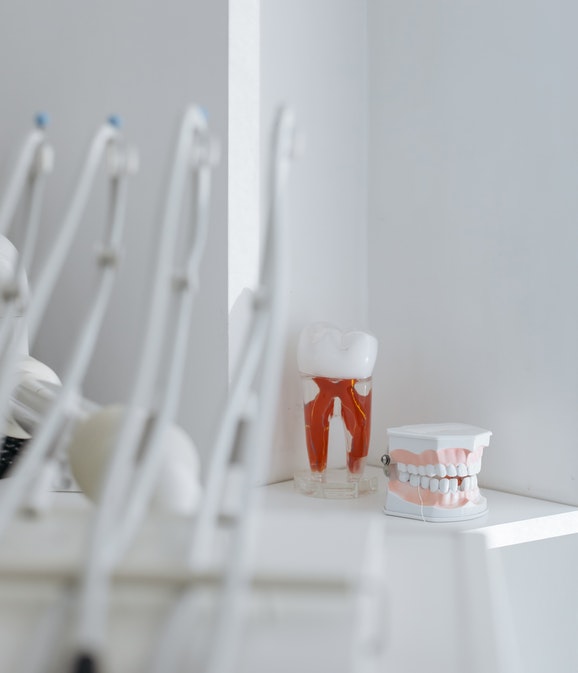
SCALING AND ROOT PLANING

“Probing” is the process of measuring the depth of the dental sulcus. It is normally 1-3mm in depth. A probing depth over 3mm is called a “pocket.” A pocket can be a pseudopocket, which means the gums are swollen but there is no bone loss, or a true pocket, which means that there is bone loss present. Oftentimes, there is a combination of swollen gums along with true bone loss. It is important to remove the cause of the irritation, which most frequently is calculus, for the gum inflammation to resolve, and for the bone loss to stop. This is done by anesthetizing the area, and using specialized dental instruments called scalers and curettes, as well as the cavitron when necessary, to dislodge the attached calculus and to ensure that the tooth surface is smooth.
